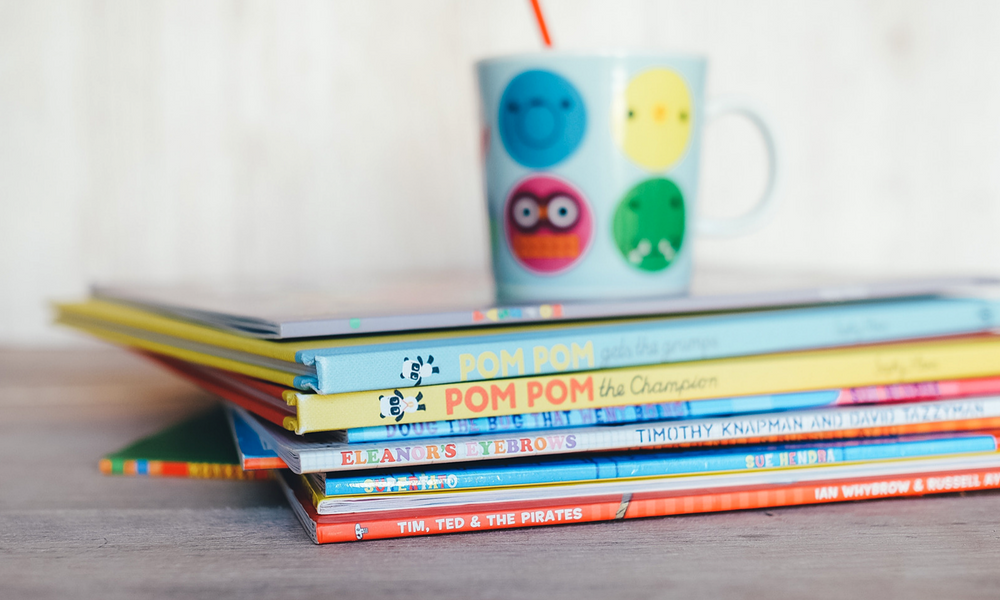Reading Aloud

Reading aloud is by far the most common practice in homeschools everywhere. The one way we can guarantee a day achieved some educational merit is to point to the books read to children. No wonder. Reading aloud has so many benefits, it's almost impossible to list them all!
- Connecting to a shared story
- Talking about the story
- Listening to articulate language
- Experiencing the emotional journey of the story through the parent's reactions (and how those differ from the child's)
- Discovering people, places, and periods of history remote to a child's experience
- Using one's imagination to conjure those character and contexts vividly without the aid of television or movies
- Noticing the different cadences of language between fiction, non-fiction, historical fiction, poetry, legend, myth and more
- Learning to be a language-receiver rather than merely a language producer
And those are just a few of the benefits!
When you begin a lifestyle of reading aloud, choose to include a variety of books in the book basket. For instance, if you begin each day (after breakfast, or during!) reading, be sure to include more than a single chapter from historical fiction. You might also include a few paragraphs from a non-fiction title about the weather or world cultures or wooly mammoths. Add to the diversity of readings an Aesop's fable or a short rendition of a Greek myth. Perhaps you go over geography terms from one book or a discussion of math concepts from another. In addition to the typical titles associated with homeschool, expand your fiction reading to include current children's literature, too. Read from a diversity of authors (different ethnic backgrounds, about communities different from your own) as well, to expand the world of the stay-at-home family. Some families have religious or spiritual texts they like to include during this hour as well.
It's always lovely to read writing aloud during that same time slot that your own kids have written! Never underestimate the power of savoring your children's writing alongside published authors. Nothing gives the message of valuing their writing like reading it aloud to the rest of the family alongside Laura Ingalls Wilder and E. B. White.
Each morning's read aloud time can extend the offer for your children to read a selection of their own choosing. Perhaps they want to bring a poem or paragraph from a book they are reading to themselves at bedtime. Maybe they have a knock-knock joke to tell they learned online. They might simply want to read a list of facts about the solar system that they discovered on a Google Search. The read aloud time should be an opportunity for all members of the family to share in the joy of shared reading.
New to reading aloud #
Follow these tips to wade into the waters of reading aloud with your children.
- Start with a book to read that you enjoyed as a child.
The choice will help you remember the pleasure of children's books and you will have the added advantage of sharing memories of reading or being read to with your children. This connection helps the practice transcend the immediate moment. Children discover that reading is a life-long habit and a treasured part of their parent's own memories. - Visit the library.
Children love to check out books. It's the one place where you don't have to put a limit on how many they get to take home. Each book is free, and all are available to be touched, held, paged through, and caressed. It doesn't matter if your child ever reads it at home. Even the act of selection is a reading skill and leads to good relationships with books. Do try to read as many of them as you can during the checked-out period. Bring a laundry basket into the library to carry the haul of books home with you. Keep a basket for the books in a prominent place in the main family living area. - Read at a consistent time each day.
My family loved reading aloud first thing each day. This reading time grounded the rest of the day. It became the time we all shared together before drifting apart for personal interests of other studies. Reading aloud each day also created a natural break between breakfast and play, and then our directed studies. Some families prefer reading over lunch or in the afternoon during a baby's nap time. Others still like to save reading aloud for the evening when the other parent is home to participate! Pick a time that works for you. - Play with blocks, Legos, puzzles, tangrams, knitting...
Children listen better with busy hands. Be sure to have an assortment of quiet activities on hand for the reading time.
That's it! As you get used to reading one book, add another. You can start with 10 minutes of reading aloud and build to an hour over time (maybe over the course of the whole school year). There are some seasons when reading aloud may take a back seat to some other more absorbing activity (let's say the whole family is making their own movie of the Lord of the Rings trilogy). Return to reading aloud once that passion dissipates. Reading aloud can serve as a "reset" button for your family.
Enjoy!

Would you like a copy of my downloadable Read Aloud Tips? (Be gentle—I'm still learning how to hand-letter!) Sign up here.
